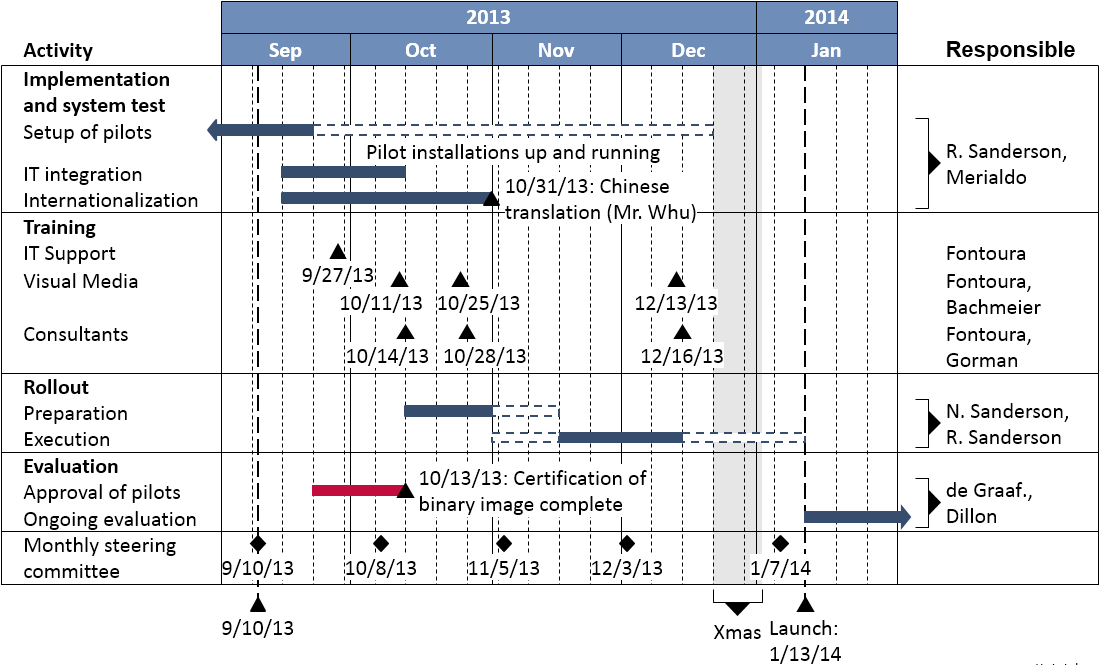

Then, to address such attributes, we propose effective feedback design using three types of free technologies-media sharing, collaborative, and screencasting technologies. We first review literature on the attributes of feedback that impact its effectiveness. In this article, we propose effective feedback design for online students using freely. Technologies can be used to enhance the effectiveness of feedback in online courses. However, providing students with effective feedback is challenging in online environments because of physical separation between students and instructors. Similarly, Gray proposes a whole computer architecture course based on FPGAs.įeedback plays a critical role in student learning and performance. describe their experience teaching architecture using a similar approach based on the Architecture Description Language (ADL). In this approach a language, typically Verilog, is used as a support for understanding and designing simple logic circuits that are easily encapsulated in modules, and in turn integrated into a microprocessor design. In recent years, we have seen new textbooks appear offering Hardware Description Language (VHSL) as a conduit for understanding and then programming logic design and microprocessor electronics. memory size." Generally, the computer architecture (CA) class in computer science departments is taught in two flavors: one where the lectures are centered on textbooks such as Staellings or Hennessy and Patterson, the other one-usually taught by faculty with more engineering backgrounds-where a digital electronics perspective is presented in lectures and laboratories, and in which case textbooks such as Mano are used.


In selecting a system to use, they should be able to understand the tradeoff among various components, such as CPU clock speed vs. The ACM 2001 curriculum states that "tudents need to understand computer architecture in order to structure a program so that it runs more efficiently on a real machine. Feedback from an academic institute conducting the lab with online courses indicating satisfactory usability has been gathered. Additionally, workshops to familiarize this system to teachers and students in several colleges have been conducted. This virtual lab has been successfully deployed to support several of courses at IIT Kharagpur. All the experiments can be conducted on a regular desktop or a laptop computer and can be saved with user identification at any point and resumed later. For complex experiments, such as CPU design, the tool provides an interface for specifying the controller abstractly as a control state chart. The tool contains a repertoire of components and design functionalities to aid learning through experiments. This virtual lab contains a hierarchical module level logic design tool equipped with a logic simulator, a set of pre-designed experiments and also the facility to add new experiments to enhance learning. This paper presents the usabilities of a newly developed web based virtual laboratory package as a self-learning tool in association with online courses with the facility for evaluation of user assignments without the intervention of the instructor. Knowledge of the features and internal working of the COLDVL tool would be of interest to both students and instructors of logic design and computer organisation the evaluation of this tool would be of interest to the instructors. Its impact on learning has been treated through analysing student performance taking into account various learning issues and found to support the utility of this tool. This tool has been successfully deployed at an academic institute to support experiments forming a part of courses. It also provides a repertoire of components and supporting backend techniques such as efficient simulation, Huffman model identification and unknown logic value resolution to address specific learning issues pertaining to these subjects.
Booths algorithm c program simulator#
This tool comprises a hierarchical logic module level editor and a logic simulator at the back end. This paper presents the COLDVL tool with novel features to support implementation of experiments related to logic design and computer organisation, which are core courses in the computing science discipline, along with a study for its support towards learning.


 0 kommentar(er)
0 kommentar(er)
